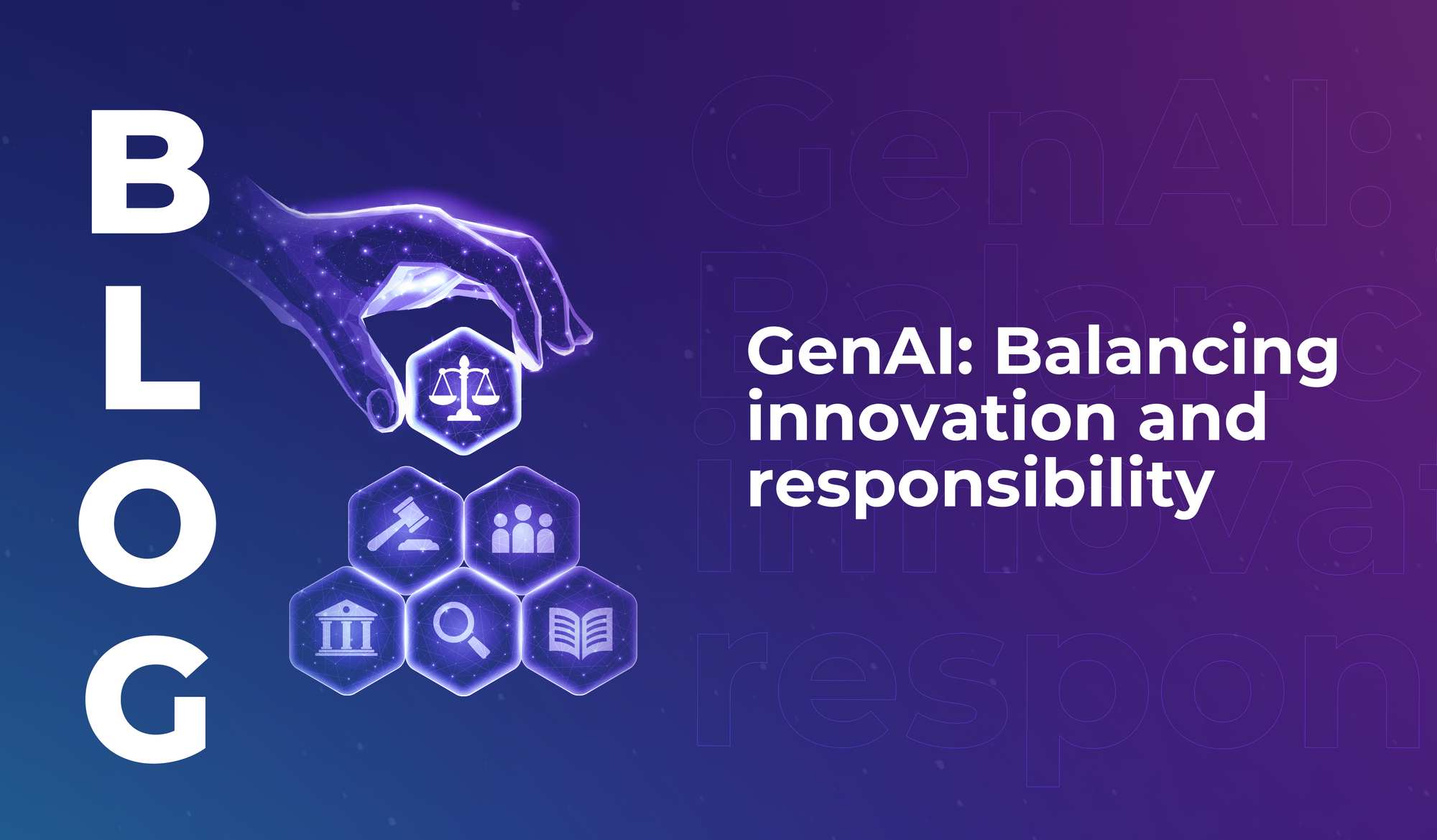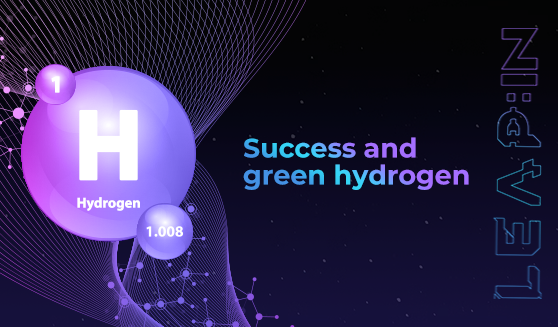
GenAI: Balancing innovation and responsibility
Have you ever wondered how artificial intelligence experts actually feel about AI? Read this.


We’re getting ready for #LEAP23. And so are our upcoming keynote speakers. We’ve been catching up with them to get some insider insights into their perspective on tech and the future – and here’s just a little bit of what they told us.
This week we’re quoting…
Thierry Lepercq (Founder and President at HyDeal)
What Lepercq said:
“I will tell you loud and clear: the time of green hydrogen has come, and it will take over the energy world with stunning speed.”
OK – but what is green hydrogen, exactly?
As defined by the World Economic Forum, green hydrogen is hydrogen that’s produced by splitting water into hydrogen and oxygen using renewable electricity.
Green hydrogen is a crucial energy source for our future: when it’s implemented across major energy providers around the world, it’ll accelerate the decarbonisation of power systems and provide a low-cost, sustainable source of energy.
The fact that it’s produced without fossil fuels currently means that it’s really expensive to produce green hydrogen. But the plan is to increase deployment and decrease costs – and when that happens, it’ll provide a sustainable energy source even for industries that have very high emissions, like shipping and concrete or steel manufacturing.
In an interview with the BBC, Marie Hubatova (a shipping emissions expert at the Environmental Defence Fund) explained that green hydrogen can be emission-free across its entire lifecycle. So from the point where it’s extracted or produced, right up until the point of combustion, it won’t have a negative impact on our planet.
The other colours…
What sets green hydrogen apart is the way it differs from the other colours: grey hydrogen and blue hydrogen.
Grey hydrogen: traditionally produced from methane (CH4), using steam to split into CO2 and H2 (Hydrogen). More recently grey hydrogen has also been produced from coal, and that has even higher CO2 emissions per unit of hydrogen (so much so that some people call coal-produced hydrogen black or brown, instead of grey). It has no energy transition value – it’s not sustainable and it won’t help us reach climate targets.
Blue hydrogen: uses the same production process as grey hydrogen, with some additional technologies to capture the CO2 that’s produced when hydrogen is split from methane or coal, and then store that CO2 long-term. By capturing and storing some of the CO2, blue hydrogen reduces the emissions of hydrogen production.
So although blue hydrogen is less damaging than grey, it’s a bandaid rather than a solution. Green hydrogen, on the other hand, relies solely on renewables to produce hydrogen – so it is a solution.
The benefits of green hydrogen make it a key tool for energy transformation:
It’s an energy source of the future
And we’re excited to see what pioneering energy companies like HyDeal do next.
Read the interview: Why green hydrogen is the future of energy
This week we’re also quoting…
Prashant Pitti (Co-Founder of EaseMyTrip)
What Pitti said:
“A piece of advice, if anyone is having hurdles in raising money, they should know that the best businesses are made out of ideas and best practices. Success will not necessarily be dependent on the kind of money you raise.”
What is success?
We love this reminder that businesses aren’t made out of money, but out of brilliant ideas and good practices. On the LEAP blog we recently touched on the idea that not all startups secure VC funding, and talked about why that’s OK.
So here we thought we’d take inspiration from Pitti and find other inspiring definitions of success – to give you an extra dose of motivation as you continue on your innovation journey.
What makes you special? Keep that alive
Entrepreneurs including Jeff Bezos (in his annual shareholder letter) and Michael Kerr (international business speaker and author) and many more hint at the idea that success can be defined by whether or not the part of you that’s really special stays alive.
Why did you start on your journey as an innovator, an entrepreneur, or a founder? What about you makes you the right person to take this challenging path and introduce new ideas to the world?
Hold onto that. Nurture it. If you can navigate the world of business and tech without losing your unique spark, that is success.
And where’s your consciousness at?
When you’re putting everything you’ve got into creating a successful business in a fast-paced industry, it’s really easy to lose touch with the kind of business person you want to be.
But keeping that connection to purpose, to your desire to have a positive impact and leave a good impression on society, is one of the ways to ensure you’ll look back on your life’s work with a sense that you were absolutely successful.
We’ve been thinking about this a lot, so we listened to this podcast by the late Ram Dass – a meditation teacher. He explored the basic questions around doing business in a conscious way, and how to mitigate the downsides of being successful (like stress, fear, and change).
It’s a long listen. But the key takeaway? Success means more if it’s “in the service of all that exists.”
Every startup founder wants their business to be the next unicorn. Every entrepreneur wants their idea to change the world. But who is your tech serving? How will it improve the world, human life, and our relationship with the planet we inhabit?
Stay close to the purpose of service, and success will be that bit sweeter.
Even if you’re not one of the startups that gets early-stage investment and is catapulted to international success.
Read the interview: How one startup bootstrapped to unicorn status

Have you ever wondered how artificial intelligence experts actually feel about AI? Read this.

A tech business strategy expert shares the biggest mistakes that tech innovators make, and explains why an effective business model is more important than a cutting-edge product.

We ask Rodi Basso (CEO at E1 Series) to share his perspective on sports innovation and the rapid evolution of sports tech.

Have you ever wondered how artificial intelligence experts actually feel about AI? Read this.

A tech business strategy expert shares the biggest mistakes that tech innovators make, and explains why an effective business model is more important than a cutting-edge product.

We ask Rodi Basso (CEO at E1 Series) to share his perspective on sports innovation and the rapid evolution of sports tech.